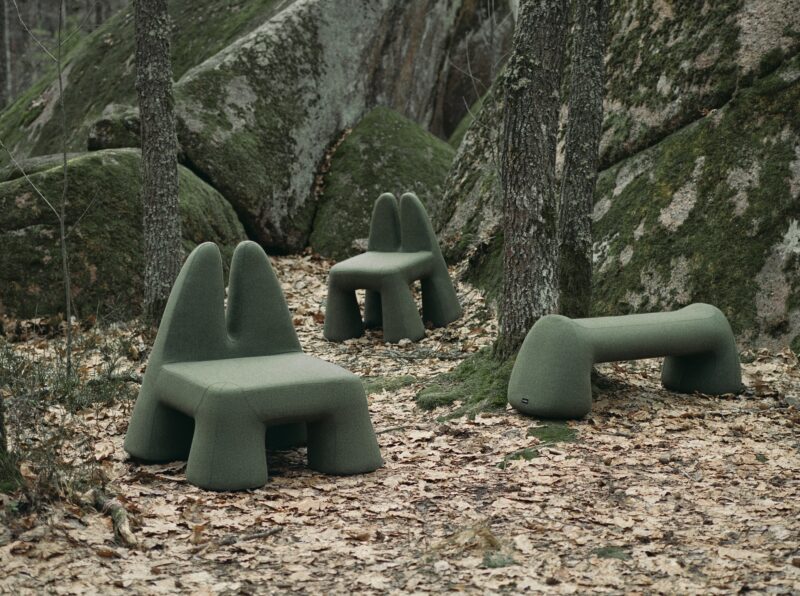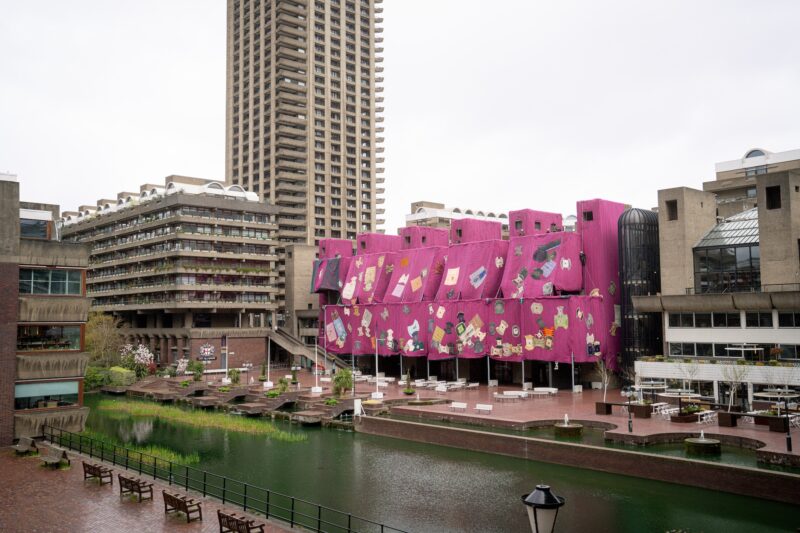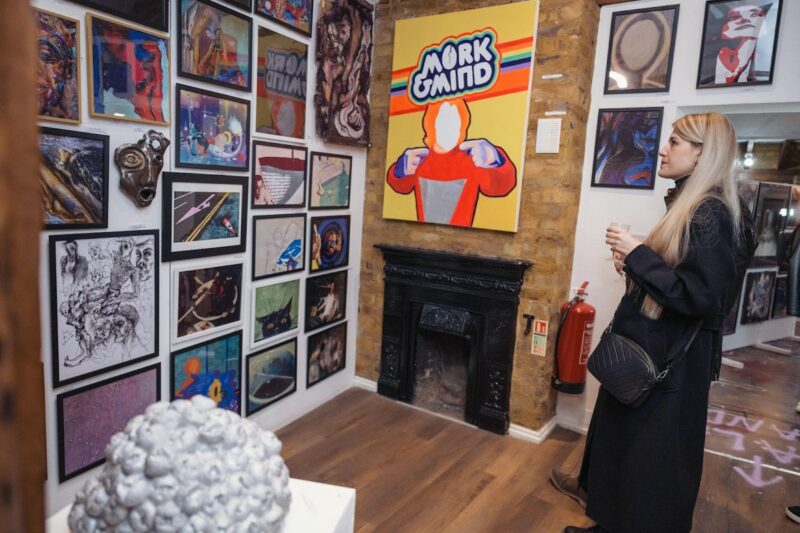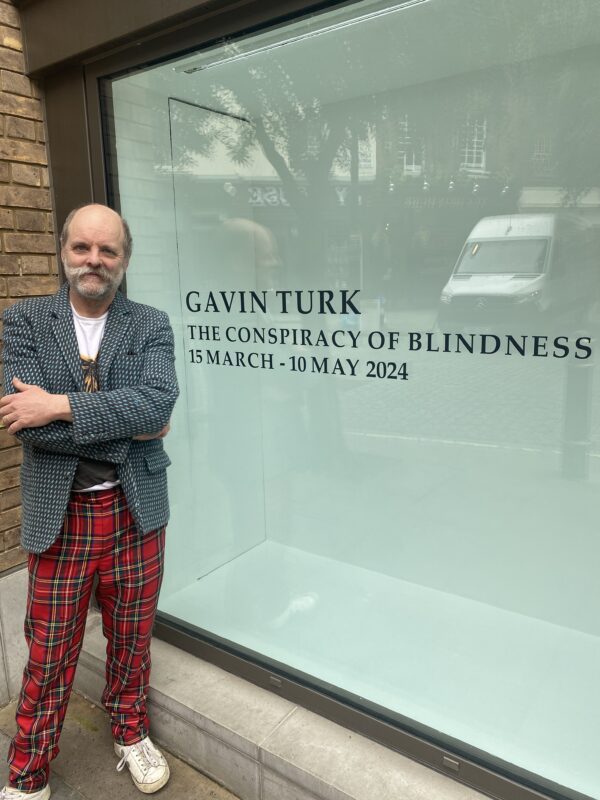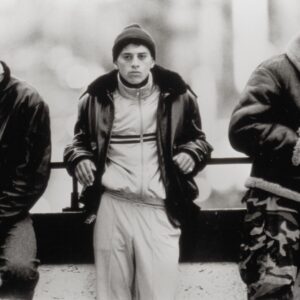
Paul Stolper in association with RS&A Ltd is pleased to announce a new exhibition of work by Gavin Turk. Included in the show will be a recent RS&A commission, ‘The Mechanical Turk’, a 14 minute film, as well as new works on paper, canvas, and mirror.
For his RS&A commission, Turk investigates the fascinating historical story of the ‘Mechanical Turk’ – a life-sized mechanical man that was dressed in Eastern costume and could somehow play chess. This famous automaton created by Wolfgang von Kempelen in the 18th Century astounded audiences across Europe and America and is said to have outwitted Napoleon and baffled grand masters. The film consists of Gavin Turk dressed as ‘the Turk’ in the identical setting and pose as the illustrations made in the 18th Century of the ‘Mechanical Turk’. The film is 14 minutes long and shows Gavin, dressed in Turkish costume complete with Turban, executing the Knight’s Tour with one hand in a mechanical fashion. This complex move consists of moving the Knight in a sequence across the board until it has landed on every square.
Together with the film, Turk will present a series of works that highlight his fascination with the commodification of art, and how art history is hijacked and reconstituted in contemporary art. For Gavin Turk Ltd. he dissects art historical influences and re-presents them in painting and print. In ‘Turk Love’ the word ‘Love’ is substituted from Robert Indiana’s seminal work of the same name for his own surname. Universally recognised as to be a brand, Turk explores the notion of cliché in popular culture, how hi brow becomes the everyday, and the machinations of how an artwork evolves not only into a signature piece, but how it infiltrates the everyday.
This filtering process is exemplified by a series of silkscreen works on mirror where Turk presents images of himself in the guise of Andy Warhol and Che Guevara; Both icons are reduced to motifs to be used across any number of media, in this case mirrors to adorn bedroom walls. For Gavin “making art and experiencing art is an attempt to catch a glimpse of yourself…. a form of mirroring”.
The artist’s signature has always fascinated Gavin, ever since his first exhibition ‘Signature’ in 1992, and has subsequently become a theme itself within his oeuvre. One of the works in the show, ‘Your Authorised Reflection’,a mirror that is clear save for a signature at the bottom right hand side, examines how the signature bestows value on a work, while the inherent reflective qualities of the mirror reflect Gavin’s continued interest in portraiture. “I’m sure it’s been done before but not with my signature”, he says. When the viewer stands in front of the mirror, he or she becomes a signed portrait by Gavin Turk; the signature validates the illusion set up by the mirrored surface. As Gavin says “the mirror is a psycho analytical platform which is like a tease . . the mirror shows a version of the viewer. . . it’s like a re-constitution…but it’s back to front and over there…”.
‘Shop Sign’, a hand-carved shop sign that reads ‘Gavin Turk’ hangs outside the gallery and runs along the entire length of the front of the gallery. It announces Gavin Turk the company, the product, the brand. England as a nation of shopkeepers is a notion attributed to economist Adam Smith. The artist spent his formative years under the political regime of Margaret Thatcher, herself a daughter of a grocery shop owner, who took on the task of radicalising the free market and embracing capitalism. The nostalgia generated by ‘Shop Sign’ as well as the ‘Swing Sign’ that hangs next to it, reflects a cultural shift from small family run businesses to global brands more allied to America than to Europe. England is no longer a nation of shopkeepers but factory fodder for corporate consumerism. The artist could not have been running the business that the sign implies, his grandparents could perhaps: but then again, they would have sold up long ago. This work suggests that the sign has been found, a prop from a film found in a junk shop, an accidental readymade, a piece of ephemera rather than the meticulously crafted artefact that it actually is.
